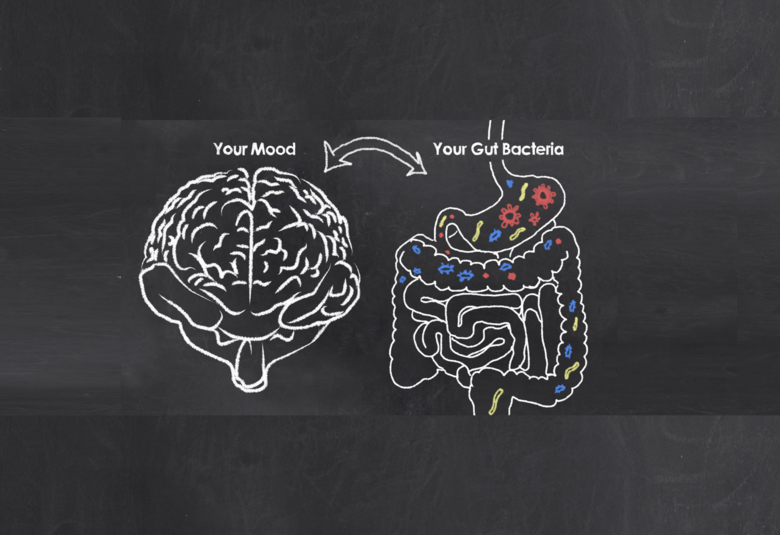Males and females show striking differences in their endocrine responses to stress, and researchers are becoming increasingly aware of the need to take gender into account when investigating the pharmacokinetic and pharmacodynamic properties of drugs. This is true both of animal models and in humans, where patterns of neuropsychiatric disease differ between the sexes.
As Osborne Ameida, Munich, Germany, explained, males and females differ in their inherent functional biology such that what might be the target for depression in one gender may be different in the other. Such gender differences are also inevitably sources of differences in response to pharmaceutical agents – both in terms of their efficacy and their side-effect profiles.
Gender differences are inevitably sources of differences in response to pharmaceutical agents
Be sex aware
Christina Dalla, Athens, Greece, outlined how, over the years, preclinical research has provided insights into gender differences in response to antidepressants in animal models. As she explained, stress and depression researchers need to be sex aware. New and current models of how drugs work need careful validation in models that include both female and male animals.
Models of how drugs work need to include both males and females
FST – females susceptible to stress sooner than males
For example, in a commonly used test to screen new antidepressant drugs - the forced swim test (FST) - female animals behave differently to males. Female rats demonstrate enhanced immobility compared to males. Differences between the sexes in brain chemistry were also noted following the FST and a chronic mild stress test; female rats showed impaired serotonergic activity in the hippocampus compared to males and dopaminergic changes in the prefrontal cortex were also noted.
SSRIs could alleviate the stress response difference in animals but females required lower doses than males. Rodents aren’t human but this does suggest that doses of SSRIs or indeed any medicine assessed using this gender-biased stress test may need to be altered in women.
Neurosteroids – neuroanatomical gender differences in expression
Steroids produced in the brain - neurosteroids - act on neural development and neuroplasticity, generating sex specific differences in physiology and pathology. Luis Carcia Segura, Madrid, Spain, outlined the biochemical stages of neurosteroidogenesis in the brain, a process regulated independently of peripheral steroidogenesis. Plasma steroid levels are not reflective of brain steroid levels and, following orchidectomy or ovariectomy, the brain adapts levels of neurosteroids in a sex- and region-specific fashion.
Neurosteroids’ differential pathological effects seen in diabetes
An example of the differential pathological effect neurosteroids can exert is seen in an animal model of diabetes. Differences between the sexes correlated with the levels of the neurosteroids dehydroepiandosterone (DHEA) and oestradiol in the sciatic nerve. In humans, males more frequently experience neuropathy while females have neuropathic pain and negative sensory symptoms. It’s interesting to reflect on whether this observation in an animal model reflects differential neurosteroid effects in humans.
Epigenetics – gene expression shows gender dependency
Gender differences in the regulation of susceptibility to stress have been investigated using epigenetic techniques. Georgia Hodes, Virginia, explained how DNA methylation contributes to sex-specific stress vulnerability in adult animals. Mice of both sexes were exposed to variable stress (VS) testing and their behavior was then examined to determine how sensitive they were. At day 6, female mice were more susceptible than male mice. It took until day 21 for the male mice to succumb. Immunohistochemical studies showed that females had circuit specific pre-synaptic alterations that could contribute to their earlier stress susceptibility.
Sex-specific patterns of transcription activation in response to 6 day and 21 day VS have also been noted. Manipulation of DNA methyltransferase 3a (Dnmt3a) in the nucleus accumbens
FST – females susceptible to stress sooner than males
For example, in a commonly used test to screen new antidepressant drugs - the forced swim test (FST) - female animals behave differently to males. Female rats demonstrate enhanced immobility compared to males. Differences between the sexes in brain chemistry were also noted following the FST and a chronic mild stress test; female rats showed impaired serotonergic activity in the hippocampus compared to males and dopaminergic changes in the prefrontal cortex were also noted.
SSRIs could alleviate the stress response difference in animals but females required lower doses than males. Rodents aren’t human but this does suggest that doses of SSRIs or indeed any medicine assessed using this gender-biased stress test may need to be altered in women
Neurosteroids – neuroanatomical gender differences in expression
Steroids produced in the brain - neurosteroids - act on neural development and neuroplasticity, generating sex specific differences in physiology and pathology. Luis Carcia Segura, Madrid, Spain, outlined the biochemical stages of neurosteroidogenesis in the brain, a process regulated independently of peripheral steroidogenesis. Plasma steroid levels are not reflective of brain steroid levels and, following orchidectomy or ovariectomy, the brain adapts levels of neurosteroids in a sex- and region-specific fashion.
Neurosteroids’ differential pathological effects seen in diabetes
An example of the differential pathological effect neurosteroids can exert is seen in an animal model of diabetes. Differences between the sexes correlated with the levels of the neurosteroids dehydroepiandosterone (DHEA) and oestradiol in the sciatic nerve. In humans, males more frequently experience neuropathy while females have neuropathic pain and negative sensory symptoms. It’s interesting to reflect on whether this observation in an animal model reflects differential neurosteroid effects in humans.
Epigenetics – gene expression shows gender dependency
Sex-specific patterns of gene transcription activation occur in human depression
Gender differences in the regulation of susceptibility to stress have been investigated using epigenetic techniques. Georgia Hodes, Virginia, explained how DNA methylation contributes to sex-specific stress vulnerability in adult animals. Mice of both sexes were exposed to variable stress (VS) testing and their behavior was then examined to determine how sensitive they were. At day 6, female mice were more susceptible than male mice. It took until day 21 for the male mice to succumb. Immunohistochemical studies showed that females had circuit specific pre-synaptic alterations that could contribute to their earlier stress susceptibility.
Sex-specific patterns of transcription activation in response to 6 day and 21 day VS have also been noted. Manipulation of DNA methyltransferase 3a (Dnmt3a) in the nucleus accumbens revealed behavioral differences to VS between sexes to VS. Increased Dnmt3a expression induces stress susceptibility in both sexes. Removing Dnmt3a by excision, shifts the female transcriptome to a more male-like pattern that also promotes resilience to stress.
The exciting thing is that sex-specific patterns of gene transcription activation are also known to occur in human depression.
Currently, Dr Hodes is investigating in animals whether the male transcriptome can be shifted towards a more female-like pattern at 21 days through Dnmt3a manipulation. Indeed, one could say that she is trying to establish, for VS, whether a ‘man’ can be more like a ‘woman’!





